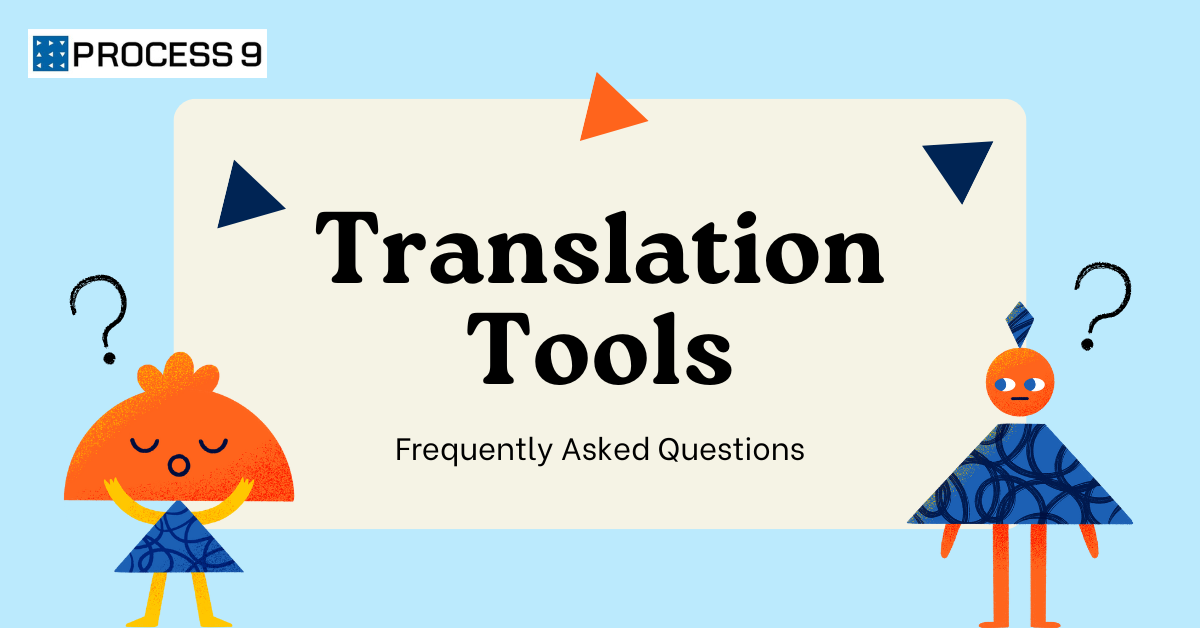Website localization and localization workflow
Website localization is defined as the process of adapting an existing website in different languages and making it culturally accessible to the target audience. Some key components of website localization include language translation, cultural adaptation, date and time formats, currency and payment methods, etc. The website localization workflow consists of the steps and duties necessary for localizing a website. This workflow gives a structured approach to the localization process, resulting in high-quality results. Website localization is an ongoing process. Based on the expansion of the business into new markets and evolving linguistic trends, localization efforts need to be updated. An accurate and effective multilingual website can be achieved through routine audits of the localization workflow.
Need for the right strategy in website localization
Website localization is essential for any company looking to expand into new markets. A successful website localization depends on a well-defined and well-planned localization strategy. A well-thought-out website localization strategy can help you understand the cultural and linguistic differences between the two markets. A robust localization strategy can give you an advantage over your competitors in the market. It can also lead to higher conversion rates and increased sales. With a comprehensive localization strategy, a suitable matrix for performance monitoring and analysis of the website can be created.
Choosing the right localization strategy for your website involves a number of important steps, including
- Define your localization objectives
- Identify the target markets and languages
- Conduct market research and analyze competitors
- Assess the resources like budget, technology, and staff
- Plan the localization approach- Full localization, partial localization, or incremental localization
- Decide the localization technology
- Modify the website design to adapt to new languages and cultural preferences
You May Also Like:- Benefits of Website localization
How do you create a successful website localization strategy?
There is no “one size fits all” strategy for website localization. The nature of the business, the target audience, and the goals all play a role in determining the best website localization strategy.
Some of the best website localization practices that can help in creating a successful website localization strategy are,
- Extensive research on the target market can help you understand their unique characteristics, preferences, and behaviors.
- Deep understanding of the cultural nuances of the target audience.
- Creating contextually appropriate translations
- Creating tailored user experiences by adding localized elements to the navigation and design of websites
- Using localized keywords for multilingual search engine optimization
- Develop marketing campaigns tailored to the specific needs and preferences of each target market
- Develop a content strategy that includes creating content relevant to the local audience.
To sum up, an ideal localization strategy should be data-driven, customer-centric, and adaptable. It ought to change over time in accordance with shifting market circumstances. To keep the website current and relevant, the localization strategy must be reviewed and improved on a regular basis. Regular website localization audits should also be conducted to identify areas for improvement. Finally, customer feedback should be collected to ensure the site meets their needs.
Read Next:- Best Mobile App Localization Strategy







Share: